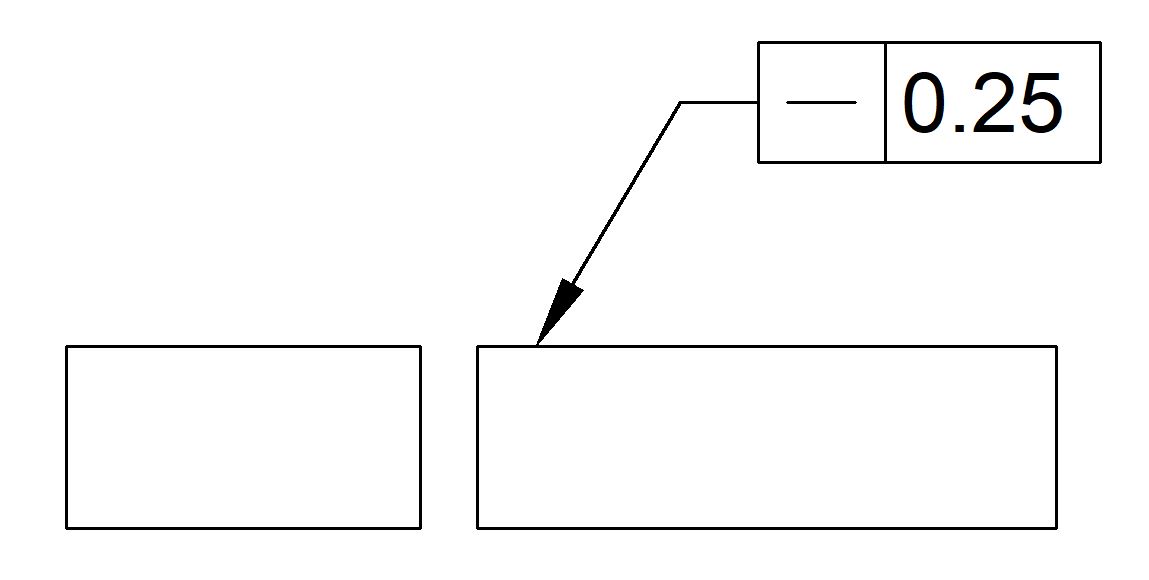Straightness applies in one direction only. I applies in the direction where the controlled area is represented as a straight line. Straightness can be applied to surface elements or a derived median line.

In the example below, the part is straight along its length, except for the portion with the discontinuity. Straightness is in one direction only and does not “see” the waviness across the part.

